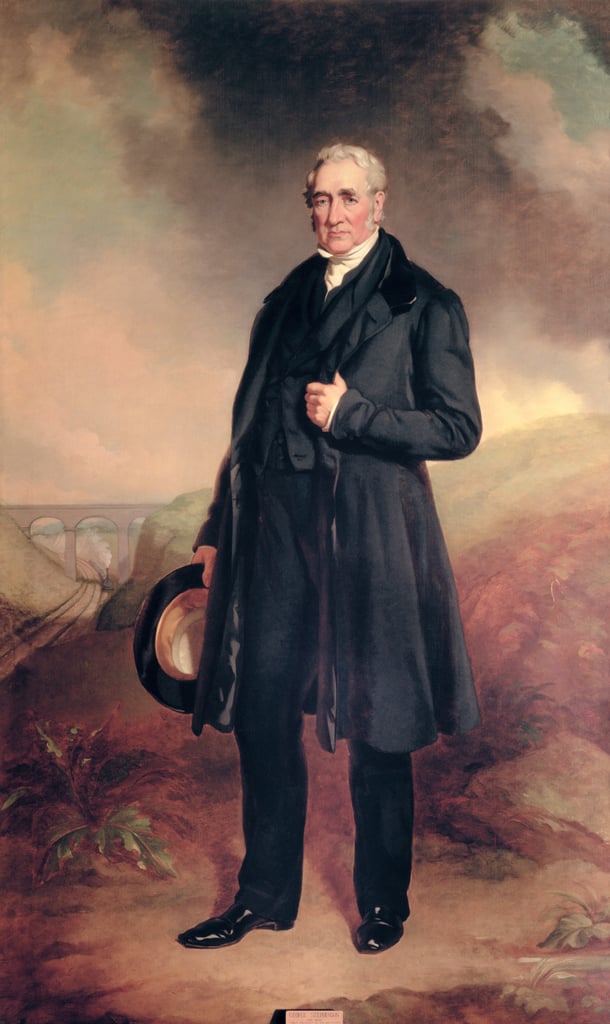Today marks 244 years since the birth of one of Britain’s greatest engineering pioneers — George Stephenson, born on 9th June 1781 in Wylam, Northumberland. Known affectionately as the "Father of the Railways", Stephenson’s legacy continues to shape the way we travel, connect, and innovate.
From Humble Beginnings to Industrial Icon
 George Stephenson’s story is the stuff of legend. Born into a working-class family, he had little formal education and worked as a colliery engineman. But his curiosity and determination led him to teach himself reading, writing, and arithmetic — all while working long hours.
George Stephenson’s story is the stuff of legend. Born into a working-class family, he had little formal education and worked as a colliery engineman. But his curiosity and determination led him to teach himself reading, writing, and arithmetic — all while working long hours.
His breakthrough came with the invention of the "Blücher" locomotive in 1814, but it was his work on the Liverpool and Manchester Railway, opened in 1830, that truly changed the world. This was the first inter-city railway designed for steam locomotives, passengers, and freight — a revolutionary concept at the time.
Why Stephenson Still Matters Today
Stephenson didn’t just build engines — he built the future. His standardisation of rail gauge (4 ft 8½ in) became the global norm. His work laid the foundation for the modern railway network, which continues to be a backbone of transport and commerce.
In an age where we’re reimagining transport with high-speed rail and sustainable travel, Stephenson’s spirit of innovation is more relevant than ever.
“The wisdom of the past fuels the progress of the future.”
Did You Know?
- The famous "Rocket" locomotive, which won the Rainhill Trials in 1829, was designed by Robert Stephenson, George’s son — a brilliant engineer in his own right.
- George Stephenson was entirely self-taught, learning to read and write in his late teens while working full-time.
- The rail gauge he used — 4 ft 8½ in — became the international standard, still used on most of the world’s railways today.
We’d love to hear your thoughts:
What do you think George Stephenson would make of today’s high-speed trains and magnetic levitation technology? Have you ever travelled on a historic steam railway? What was it like? Do you think we’re doing enough to honour pioneers like Stephenson in our education system and public spaces? Share your thoughts in the comments below!
Thanks for celebrating this engineering legend with us. If you enjoyed this post, don’t forget to share it and stay tuned for other stories from engineering history!
#OnThisDay